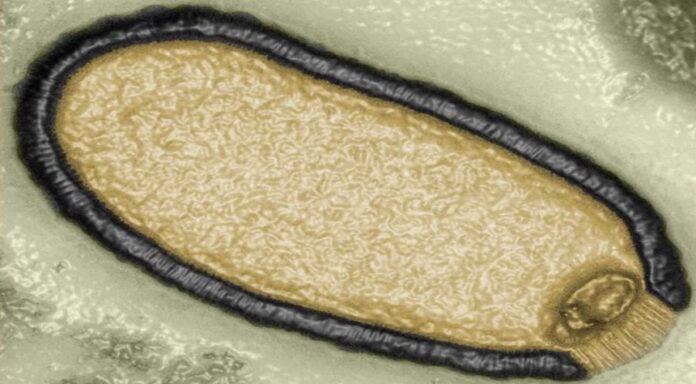Scientists believe that the “zombie virus” has been frozen for almost 50,000 years. This research is part of a new round that has discovered several previously unknown viruses that have been hidden underground for thousands of years.
To better understand the risks posed by frozen viruses, Jean-Michel Claverie, a French professor of medicine and genomics, tested earth samples taken from Siberian permafrost – also called permanently frozen ground – in search of what he describes as “zombie viruses.”
Permafrost can be found on both the seafloor and land in areas where temperatures rarely exceed freezing.
Scientists believe the Arctic’s permafrost may be melting because of rising temperatures. This could awaken viruses that were dormant for millennia.
Claverie published February research with his team that showed ancient viruses had been found in Siberian permafrost samples.
An earth sample taken from an underground river’s bottom revealed the oldest strain of the virus. It was almost 48,500 years old.
Samples taken from the stomach of woolly mammoth remains were 27,000 years old.
Scientists are reviving a “zombie virus” that was frozen in permafrost for over 48,500 years. This is a computer-enhanced micro photo of Pithovirus sibericum that was isolated from a 30,000-year-old sample of permafrost in 2014.
In 2014, Claverie and his team reanimated a virus from permafrost that had been dormant for 30,000 years by introducing it into cultured cells. He studied a virus that targeted only single-cell amoebas as a safety measure.
The experiment was repeated in 2015 with a new type of virus.
Claverie and his research group published their latest findings on February 18, 2018. They discovered several ancient viruses in seven locations in Siberian Permafrost.
According to the study, the latest strains belonged to five virus families – pandoravirus, cedratvirus, megavirus and pacmanvirus, and the new pithovirus strain – in addition to the two he had revived earlier.
Are frozen viruses of ancient origin a danger to public health?
Claverie states that viruses that remain infectious after they have been frozen can pose a danger to public health. These viruses act as substitutes for viruses found in permafrost.
According to the study, “one can infer many other Eukaryotic viruses… could also be infectious under similar circumstances.”
“We see the traces of many, many, many other viruses,” he told CNN. “So we know they are there. We don’t know for sure that they are still alive. But our reasoning is that if the amoeba viruses are still alive, there is no reason why the other viruses will not be still alive and capable of infecting their own hosts.”


